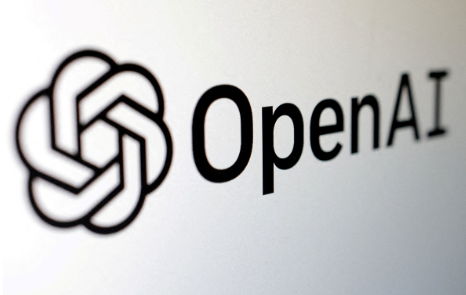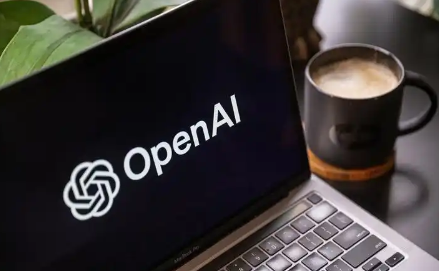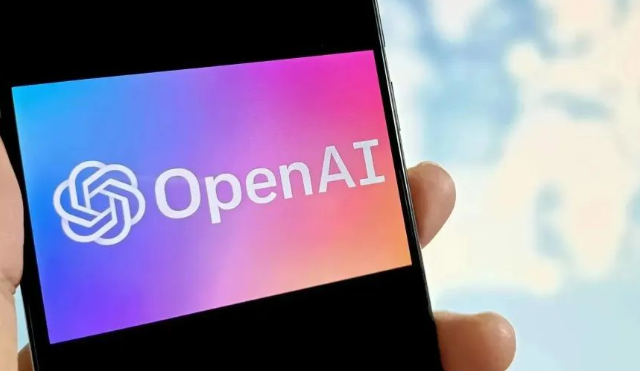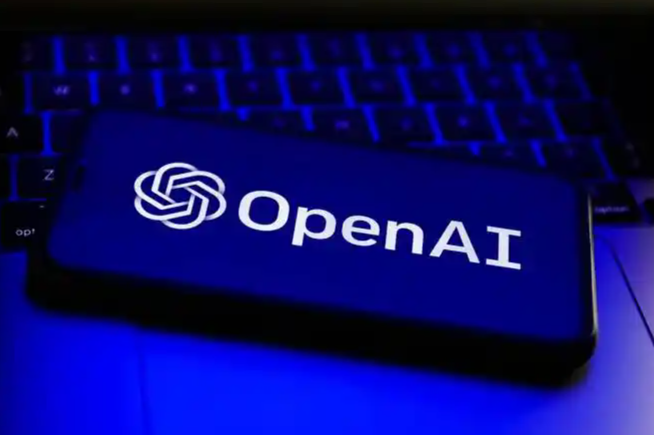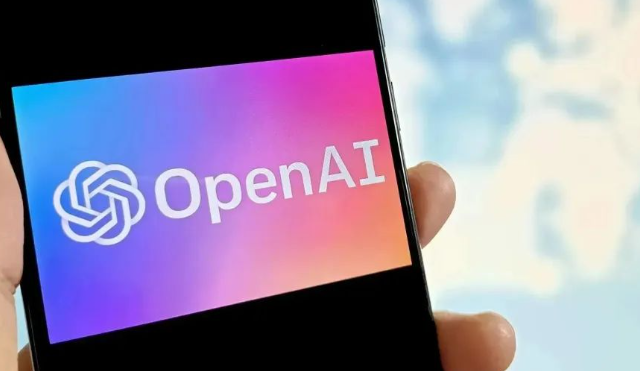What Is the ARC-AGI Benchmark?
The ARC-AGI benchmark is a unique set of challenges designed to test the reasoning ability of AI models. Unlike traditional AI benchmarks, ARC-AGI is more like an IQ test for machines: the tasks are open-ended, require pattern recognition, and demand models to 'think outside the box' without relying on large training datasets or explicit rules.
The goal is to mimic the way humans generalise and reason when facing new problems. For example, ARC-AGI might show a sequence of abstract images and ask the AI to predict the next one. While a child might solve such puzzles in seconds, even the most advanced AI models often get stuck. That's why ARC-AGI so effectively exposes AI model reasoning limitations.
How Do Top AI Models Perform on ARC-AGI?
You might assume that models like GPT-4 or Gemini Ultra are nearly omnipotent, but ARC-AGI tells a different story. The highest AI score on ARC-AGI is only around 20%, while human performance averages above 80%. Even the most powerful models struggle to generalise and solve new types of problems.
This gap shows that while AI excels at language and information retrieval, it still lags far behind in abstract reasoning and generalisation. The rise of ARC-AGI has forced the AI community to rethink what 'artificial general intelligence' really means.
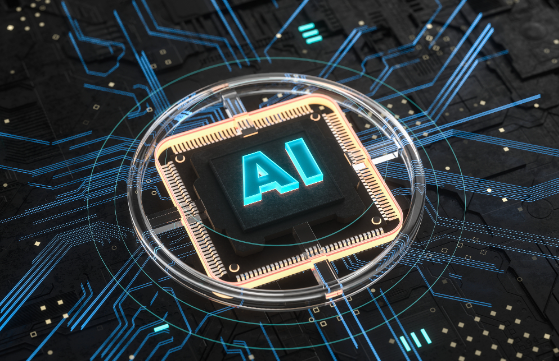
Where Are the Real Limits of AI Reasoning?
Lack of Generalisation: AI models thrive on 'seeing it all before', but ARC-AGI demands that they generalise and adapt, a skill that remains elusive for most.
Poor Causal Reasoning: Many models simply 'guess' answers rather than understanding the underlying logic or causal relationships as humans do.
Heavy Sample Dependence: Large models rely on vast datasets. When faced with unfamiliar tasks, they often falter—exactly what ARC-AGI is designed to test.
Inflexible Knowledge Integration: AI can store huge amounts of data, but struggles to flexibly integrate knowledge across domains during reasoning.
Lack of Explainability and Control: AI answers are often opaque, lacking transparency and controllability, which makes them hard to trust in high-stakes reasoning.
Five Key Paths to Breakthroughs in AI Reasoning
Cross-Modal Learning: By fusing images, text, sound, and more, AI can build richer world models and improve generalisation.
Meta-Learning: Teaching AI to 'learn how to learn' helps models rapidly adapt to new tasks and environments.
Causal Reasoning Algorithms: Embedding causal inference mechanisms enables AI to 'see beneath the surface' and grasp deeper relationships.
Hybrid Symbolic-Neural Approaches: Combining traditional symbolic AI with deep learning lets models both perceive and reason.
Open-Ended Testing and Continuous Evaluation: Regularly benchmarking with ARC-AGI and new challenges keeps AI progress real and prevents 'leaderboard gaming'.
Conclusion: ARC-AGI Benchmark Is the Real Mirror for AI Reasoning
The ARC-AGI benchmark gives us a clear look at how far AI still is from true general intelligence. No matter how advanced, all models face AI model reasoning limitations when challenged by ARC-AGI. Only by pushing breakthroughs in generalisation, causal reasoning, and cross-modal learning can AI hope to 'think like a human'. Stay tuned to ARC-AGI for the latest on the front lines of AI progress! ??


